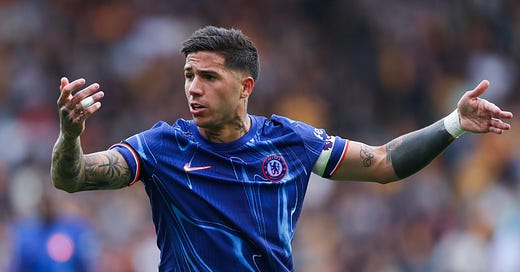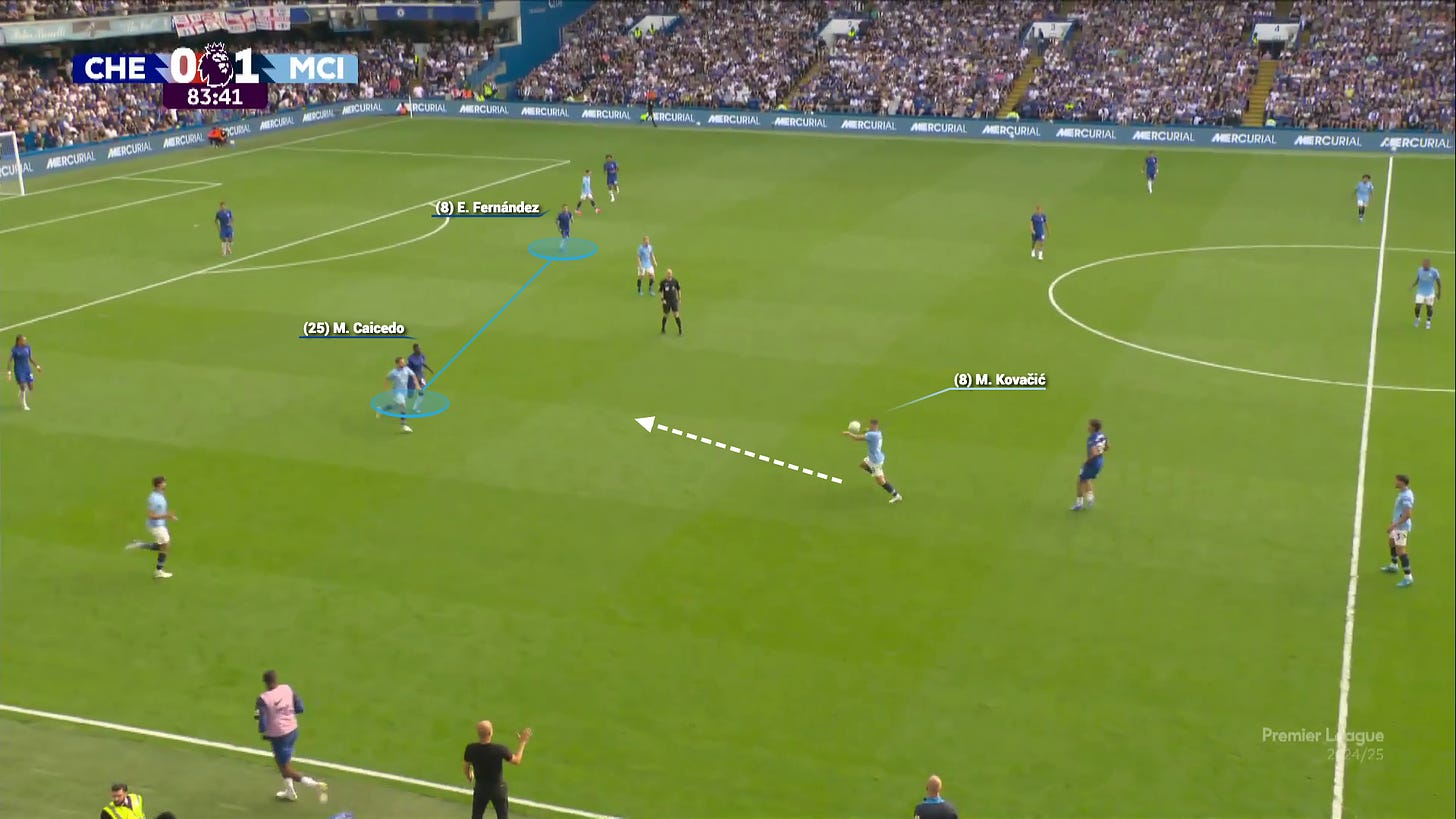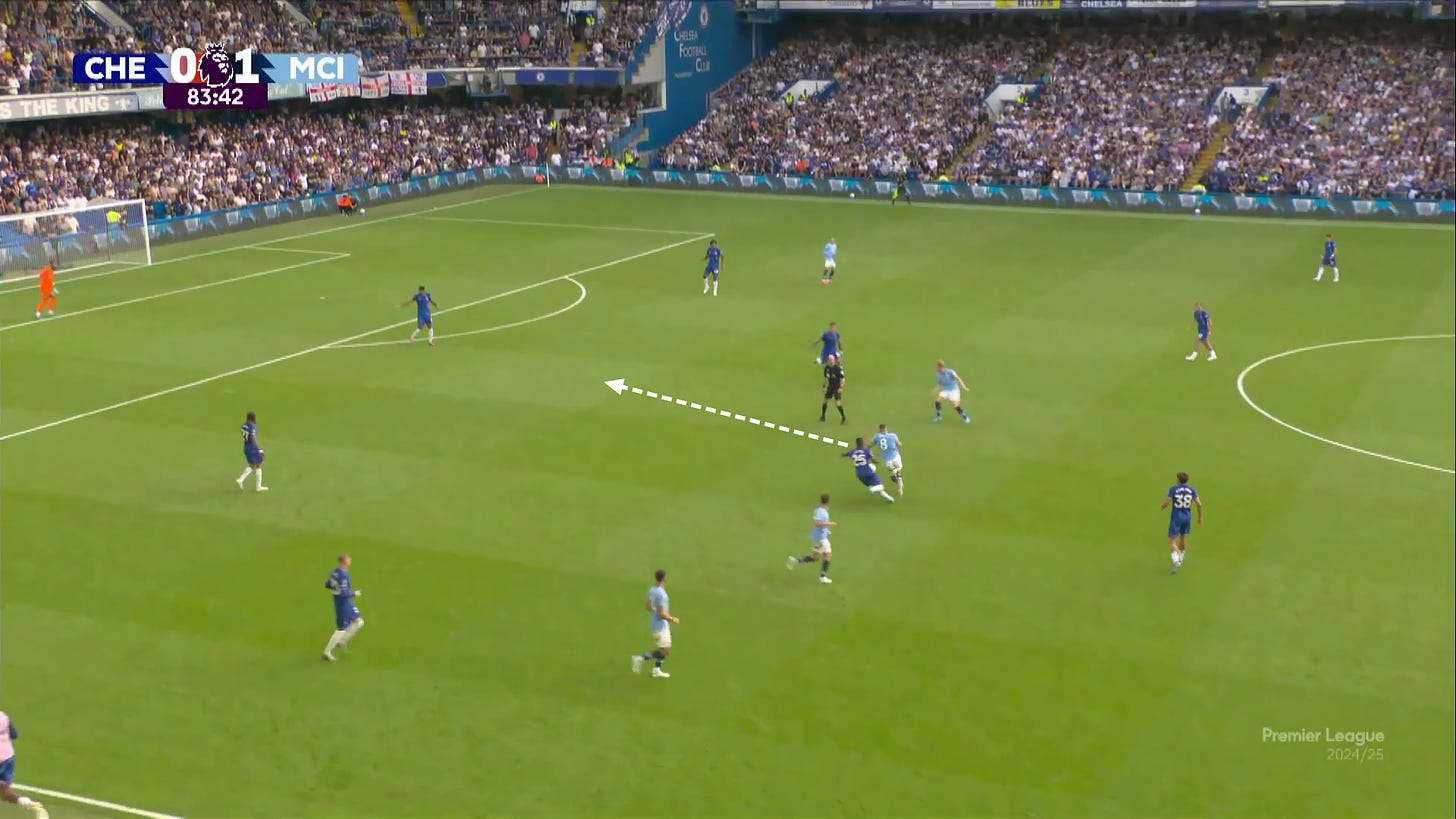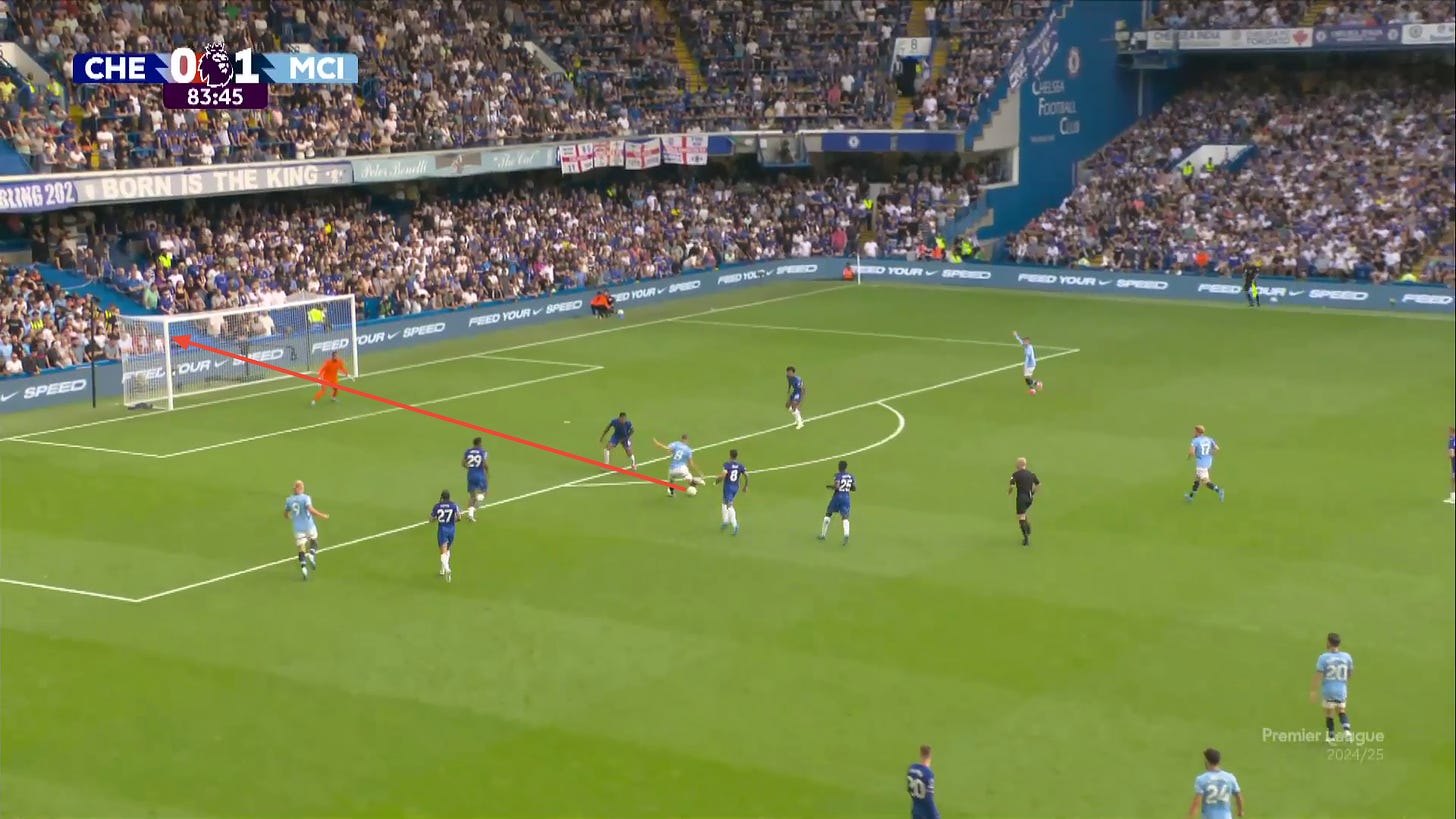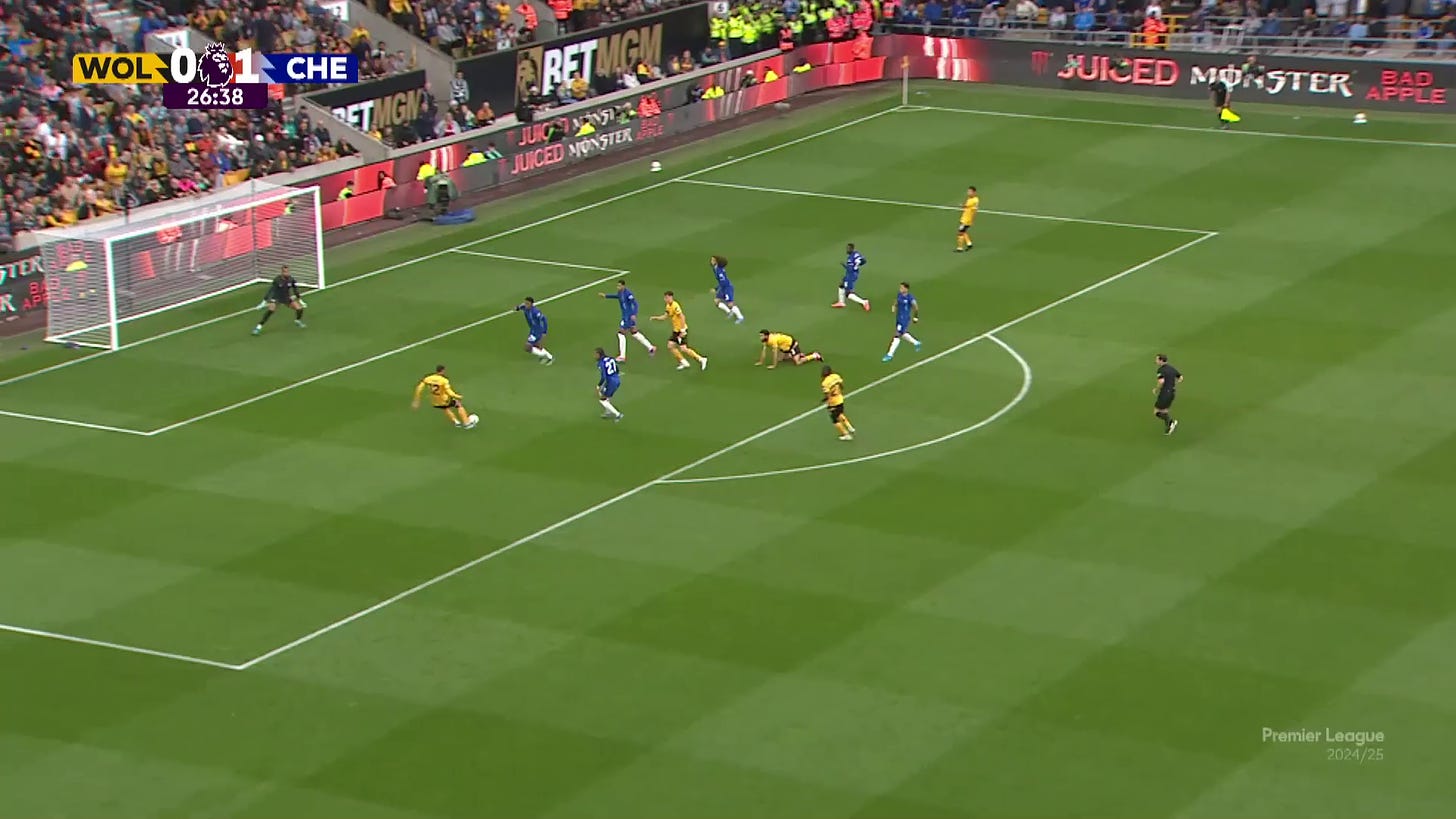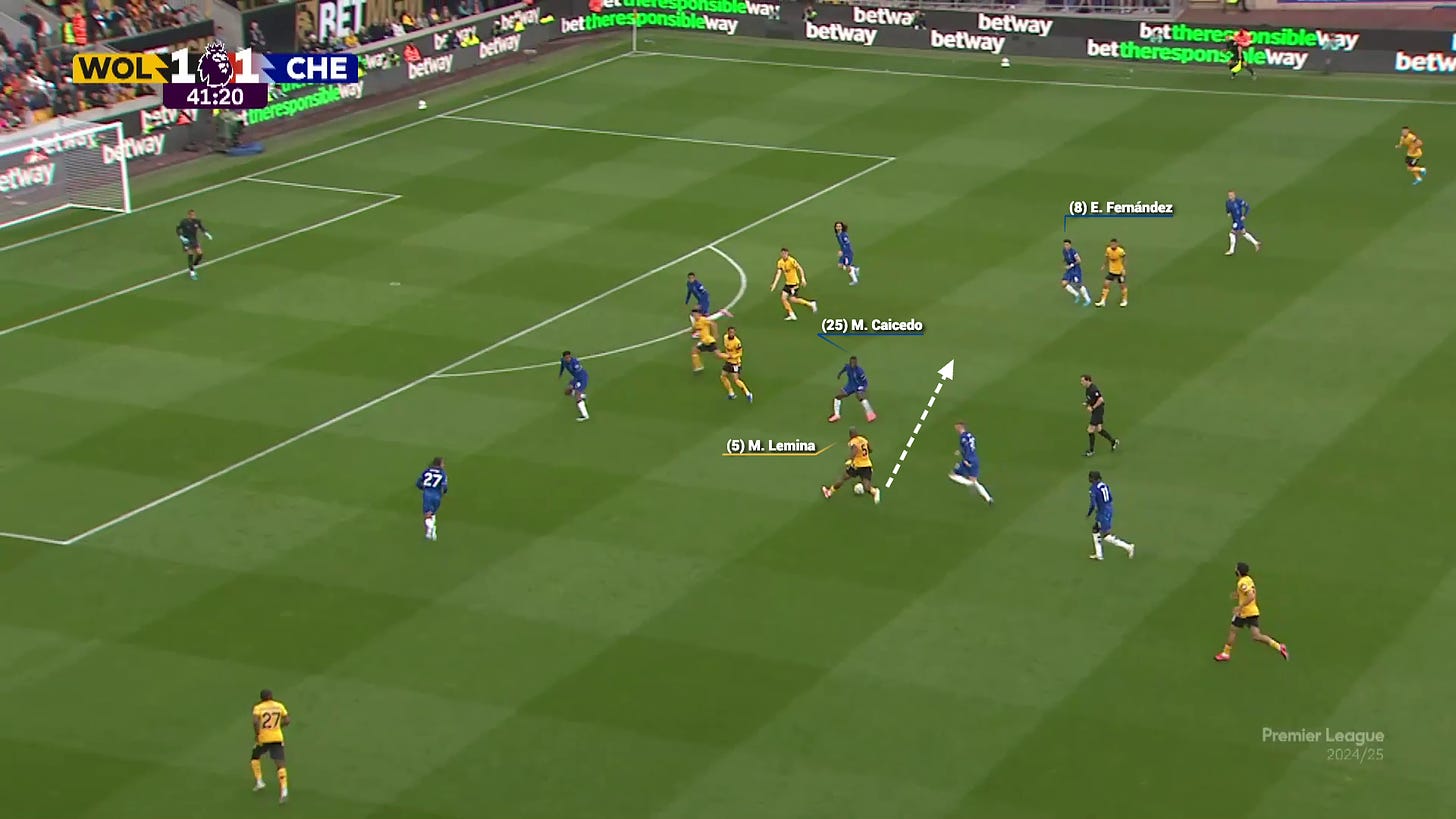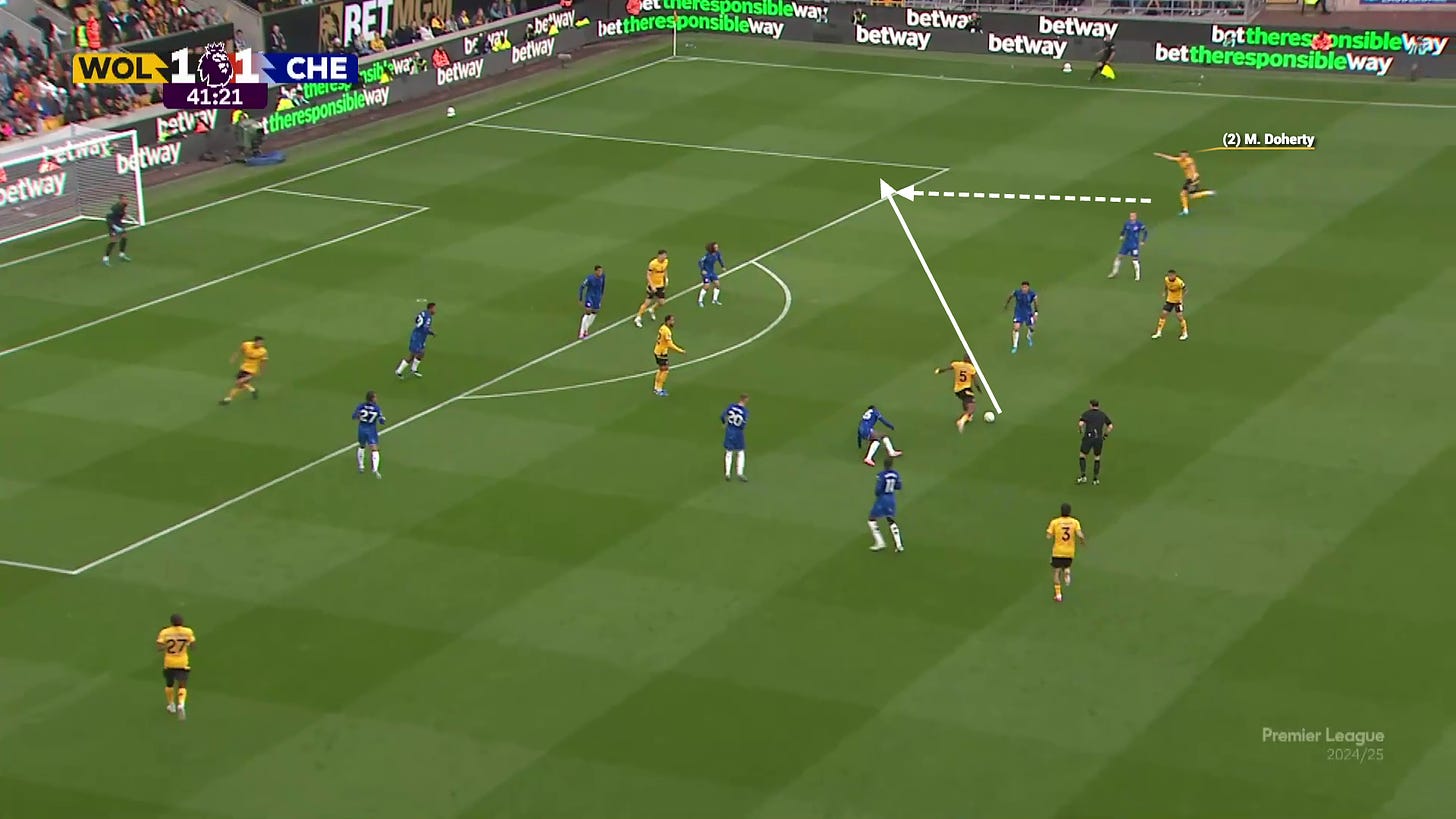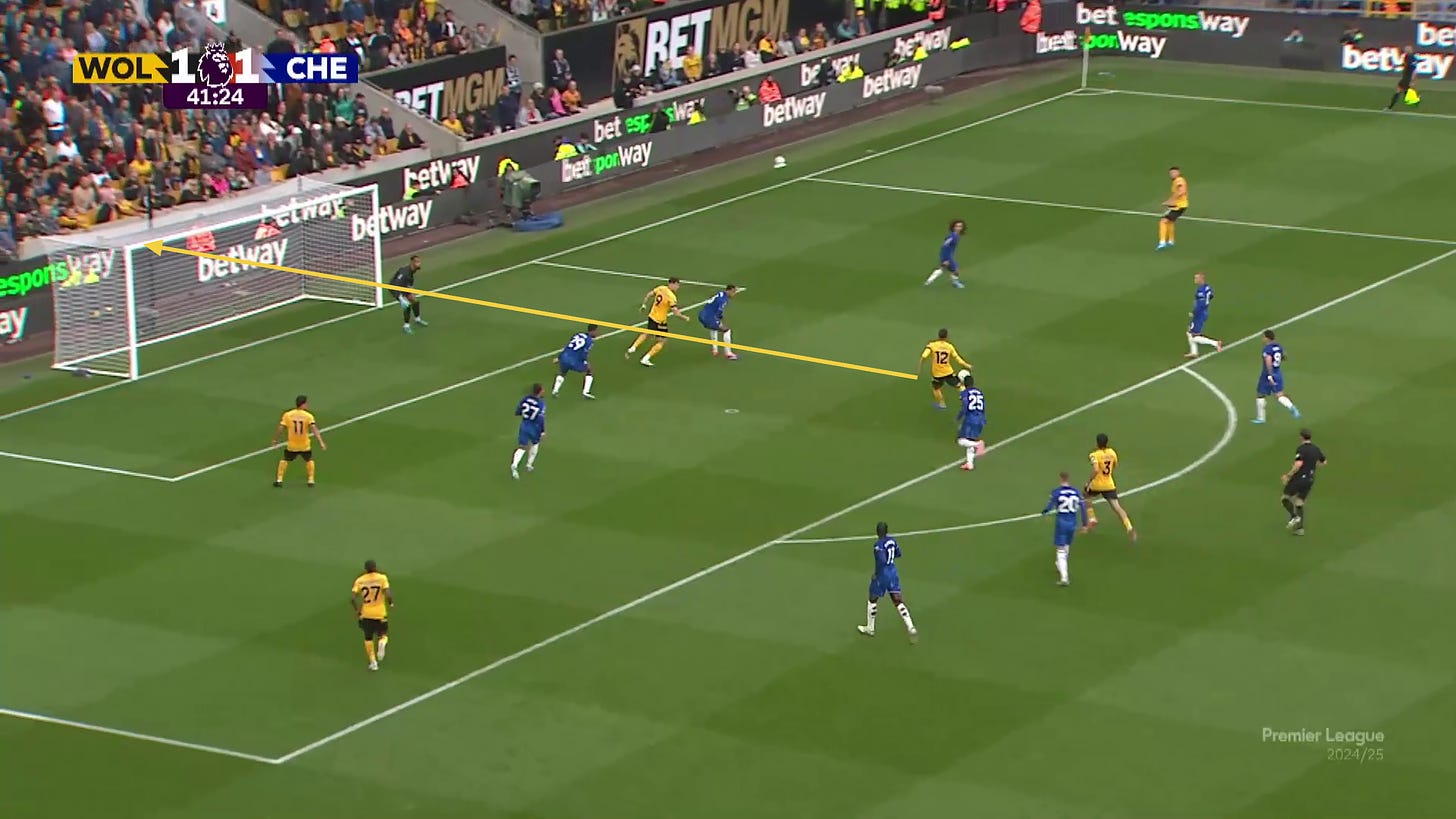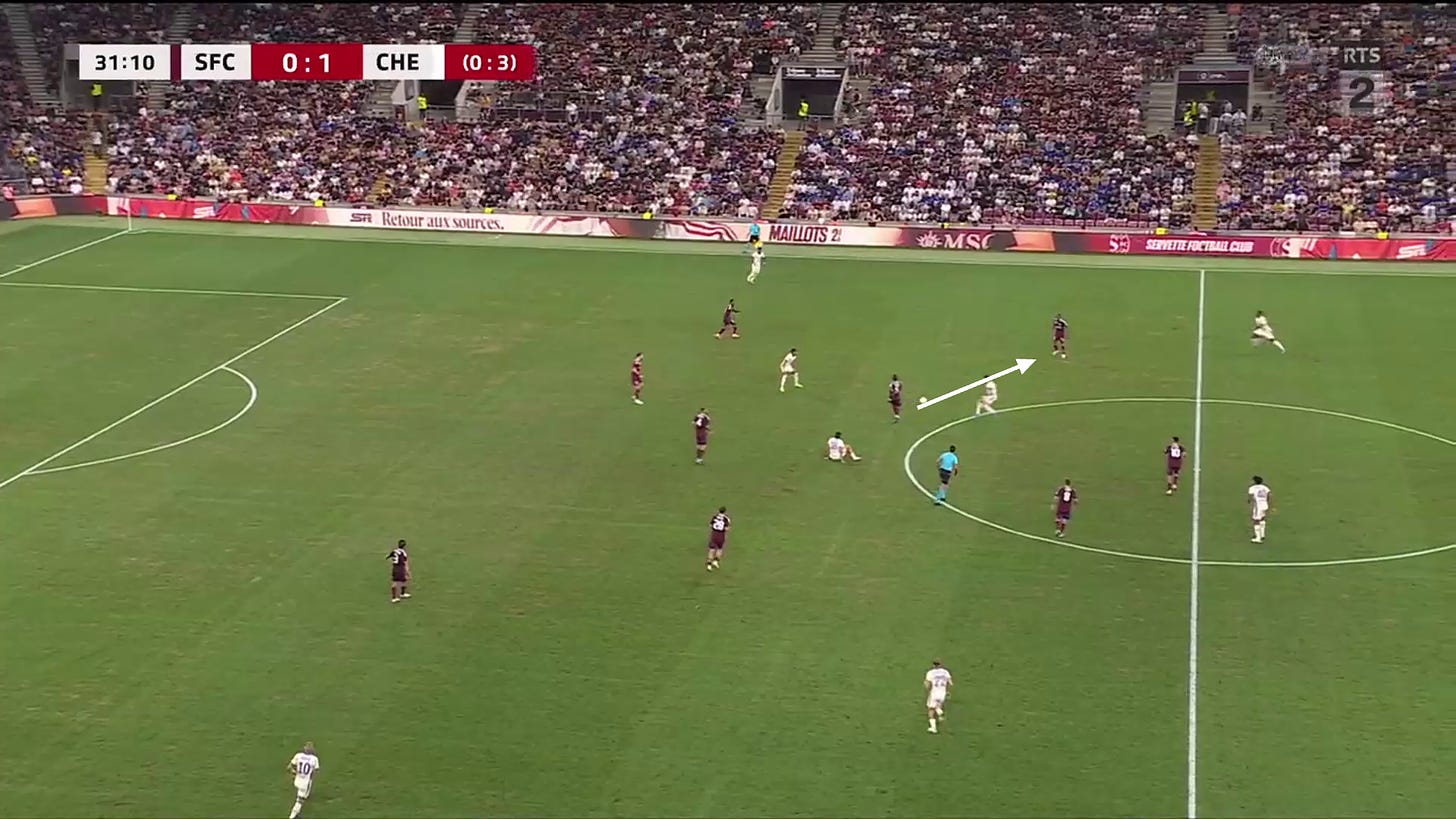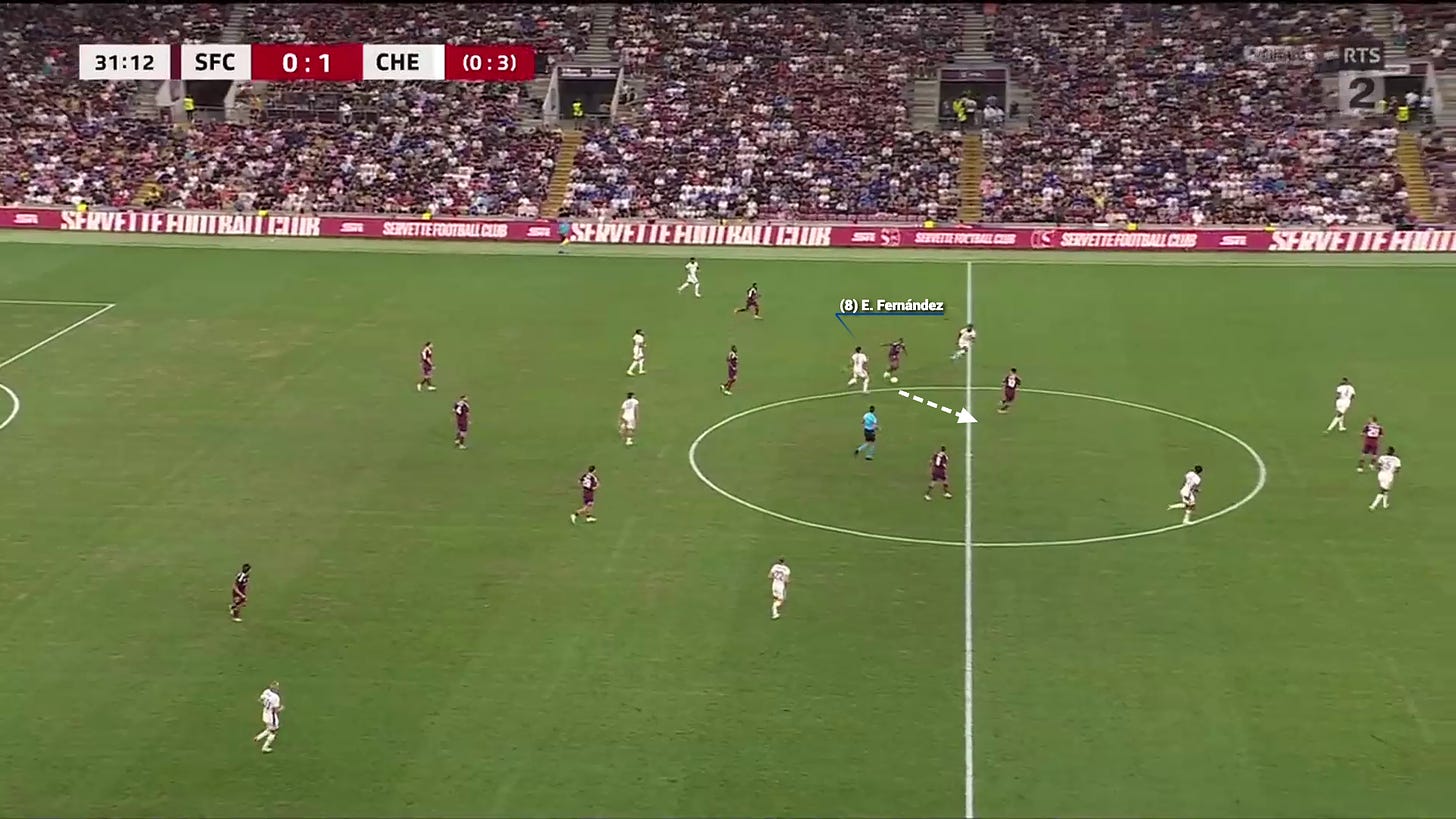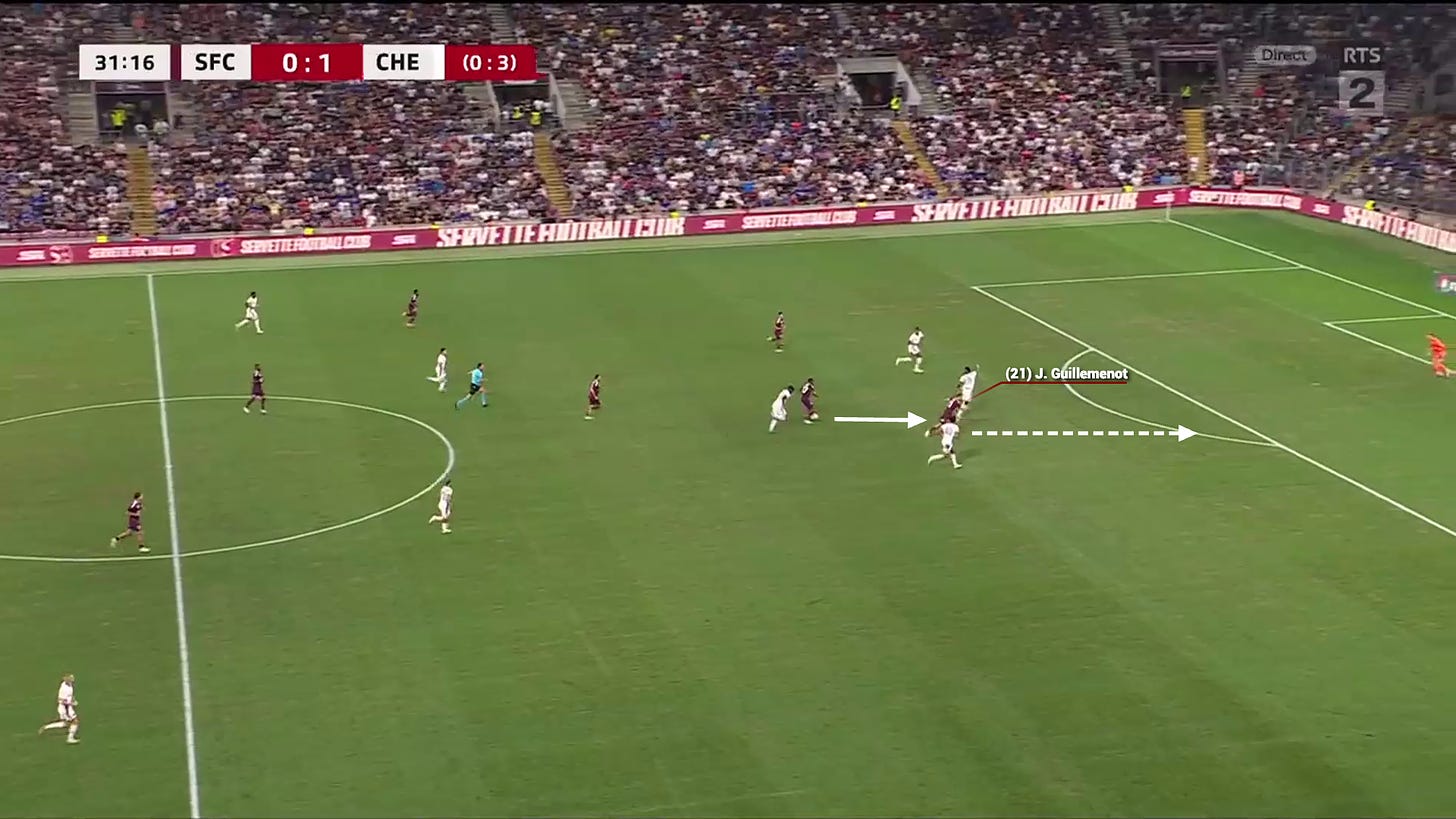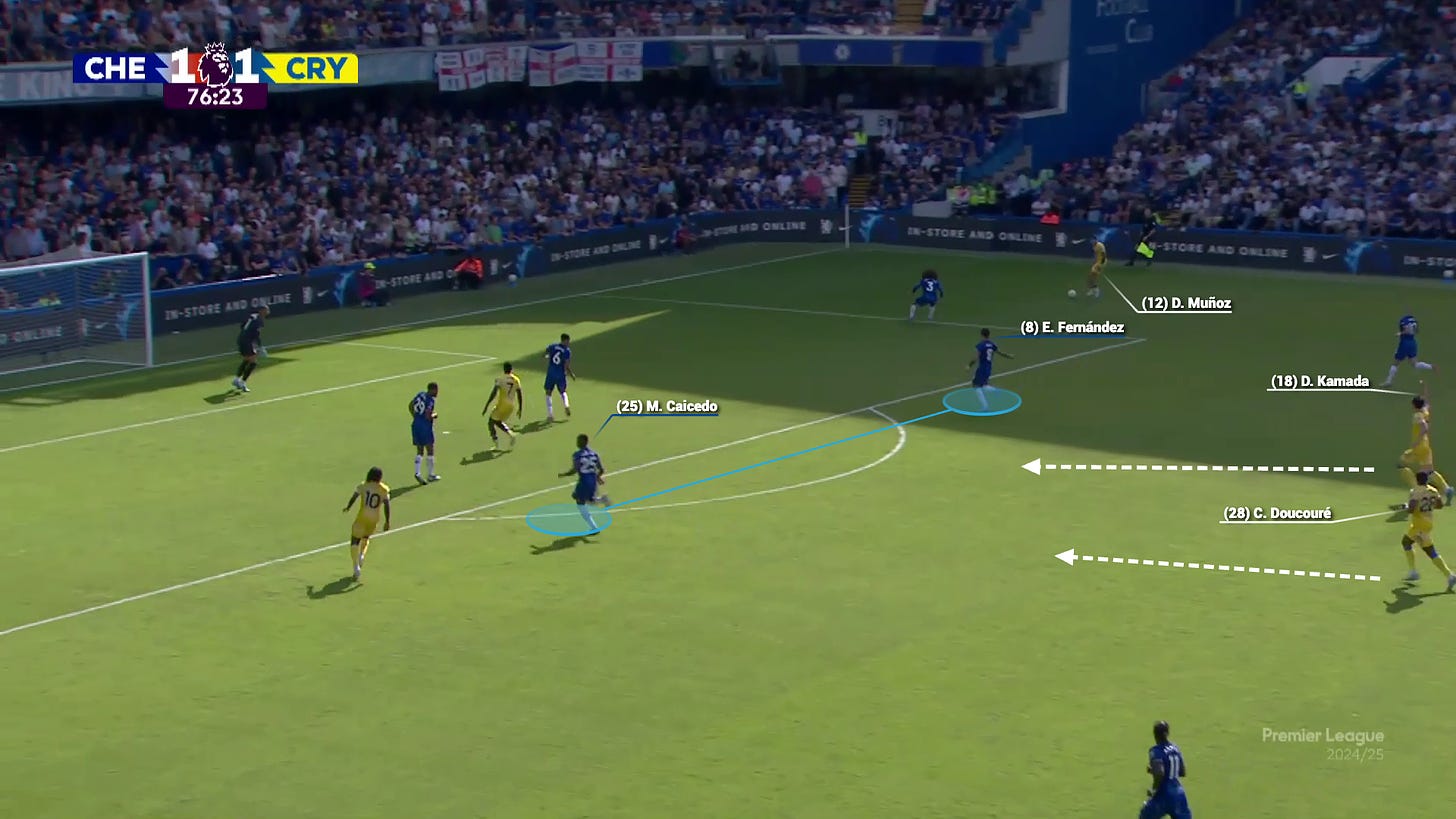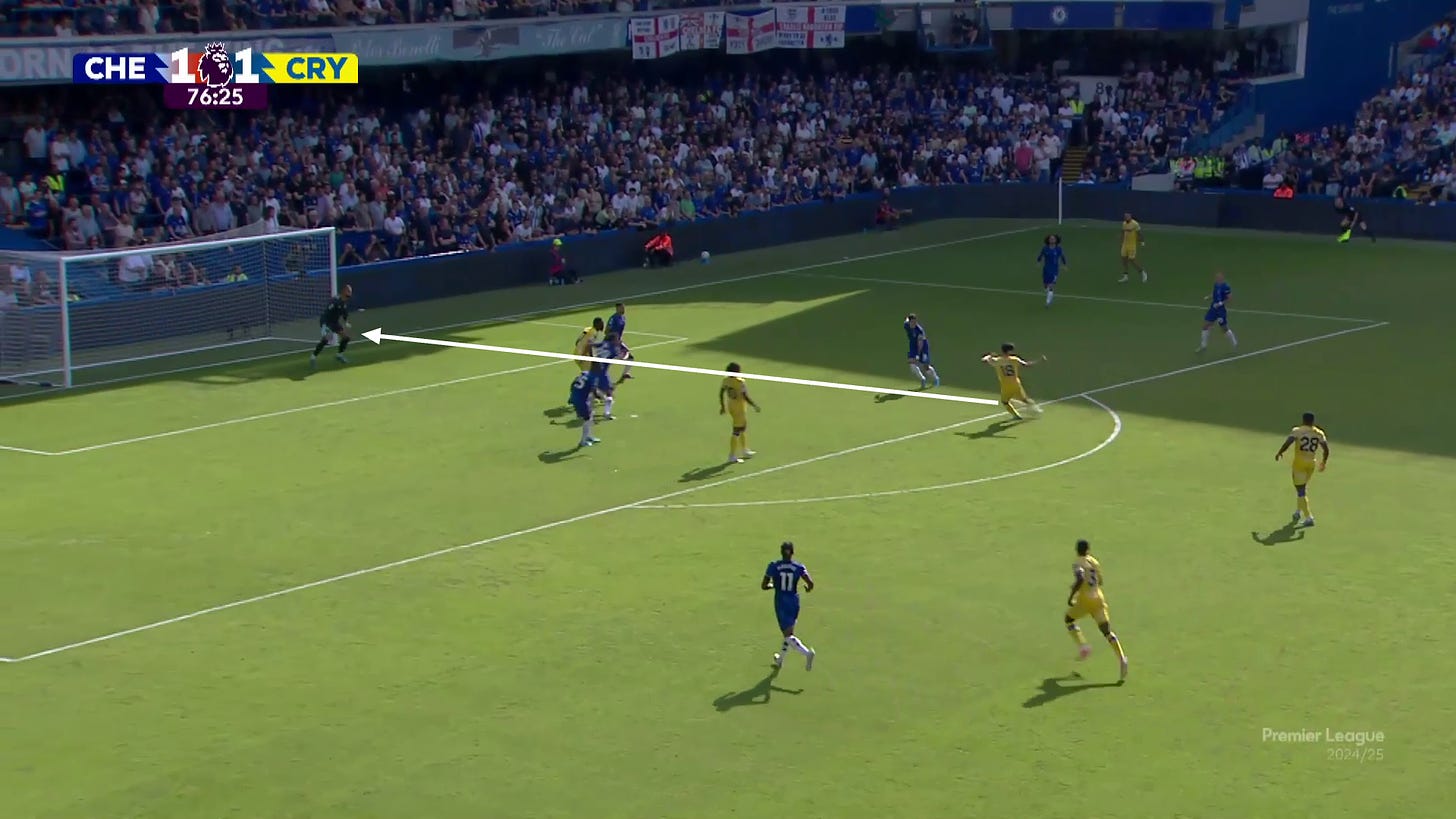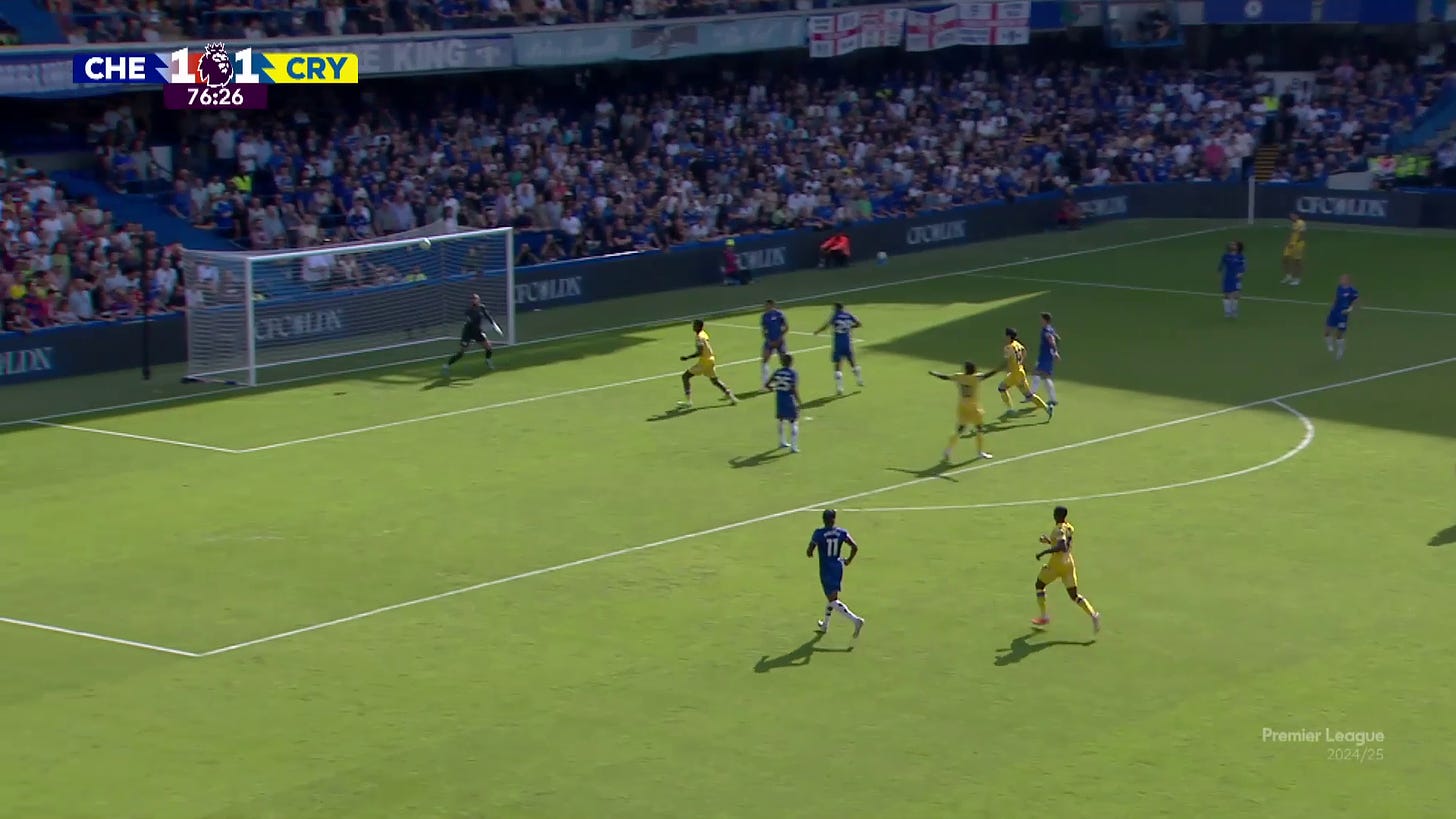The Chelsea Depth Problem That Needs Talking About
Given Chelsea did so much in the transfer window, how did such a key area get weakened?
“LOL Chelsea buying another player again”.
It has been very easy for the average onlooker to mock Chelsea’s frantic and never-ending pursuit of new recruits, whilst also gazing at the sheer size of the club’s bloated first-team squad.
But now the window has shut maybe Enzo Maresca has come to a sudden realization; he does not have much midfield depth.
Ridiculous right? How could this be?
Chelsea have spent probably around £300m on the area since Clearlake/Boehly took charge in 2022. Enzo Fernandez (£106m), Moises Caicedo (£115m), Romeo Lavia (£58m), Kiernan Dewsbury-Hall (£30m). You can also add smaller fees paid for Carney Chukwuemeka, Lesley Ugochukwu, Andrey Santos and Cesare Casadei.
This surely cannot be plausible, how are Chelsea light in central midfield?
Well it is pretty simple. Sales and loans.
Chelsea opted to sell their best midfielder from last season, Conor Gallagher, to Atletico Madrid, they loaned out Ugochukwu to Southampton and Santos to BlueCo. owned Strasbourg. Chukwuemeka became part of the sudden “bomb squad” deemed no longer capable to remaining, although he still remains at the club post-Deadline Day.
Although, at the time of writing, The Athletic reports both Chukwuemeka and Casadei are now considered part of the first-team squad again.
With this and the immediate hamstring injury to Romeo Lavia following the Manchester City game where he impressed, in terms of “central” or “defensive” midfield, you basically have Moises Caicedo, and that’s about it.
Enzo Fernandez is severely limited off the ball and Dewsbury-Hall is not exactly a defensive minded player either, added to the reality his performances so far for Chelsea have been far from convincing.
This not only creates a very obvious personnel issue for Maresca but structurally Chelsea already look extremely vulnerable to being overrun.
During pre-season and in the first four competitive games, this weakness has been evident, if not always capitalised on by the opposition.
Mateo Kovacic’s finish on the opening weekend put into sharp focus the major gaps in the centre of Chelsea’s structure. Bare in mind, Kovacic is not exactly the world’s quickest midfielder nor greatest finisher.
Parting like the red sea for the Croatian as his finish secured an opening day win for the Champions.
A week later at Wolves in a frantic first half, the hosts were able to run directly at Maresca’s backline, leading to Wolves equalizer through Matheus Cunha.
Cunha could have added a second, as an intricate run from midfielder Mario Lemina carved open space on the left of Chelsea’s defence.
Likely more concerning for Maresca will be that their weakest opposition so far found such joy in this manner too. When a pretty straightforward looking night in Switzerland was turned into a potential banana skin in the Europa Conference League play-off.
With Servette’s Dereck Kutesa going on an adventurous run through the centre of Chelsea and finding very little resistance. Playing through striker Jeremy Guillemenot who executed a well placed finish past Filip Jorgensen.
Though it is easy to just look at moments that directly led to goals, what about some that did not?
This was evident in a concerning second half at home to Crystal Palace on Sunday.
Chelsea had stifled Palace and comfortably led 1-0, spurning a couple of chances to extend their lead before and after half-time. That all changed when Eberechi Eze was given enough room on the edge of Chelsea’s box to curl a perfect effort beyond the stretched palms of Robert Sanchez.
The hosts then seemingly lost both their shape and composure. The introduction of Cheick Doucouré alongside Adam Wharton suddenly gave Palace a platform to shield their defence and offer a platform to hit Chelsea on the break.
Sanchez should feel fortunate his flapped attempt to catch Daichi Kamada’s effort went harmlessly over his bar. But this nearly howler came at the end of another transition opportunity.
Due to Maresca introducing both Mykhailo Mudryk and Joao Felix, Chelsea became more lopsided, neither of those subs provide great energy or intelligence off the ball and with Caicedo having to shift over to the right of defence to cover the injury to Malo Gusto, the “ball-winners” in the centre suddenly looked absent.
Palace will be happy with their point, but were camped inside their own half for most of the second half, almost conceding late on. However, a better team with more adventure, speed and precision on the break could have really torn Chelsea apart.
You ponder how West Ham’s natural counter-attacking speed at the London Stadium may approach similar situations in a couple of weeks time.
How do you solve it? I’m not sure.
Part of the problem for Maresca is, either with his blessing or not, the sporting directors have overseen a window where his options have quietly got a lot slimmer.
And the excuse of “only three games” is assuming Maresca’s tactics can suddenly inject extra speed into the legs of Enzo Fernandez.
There is a misconception that certain tactical approaches possess magical powers to transform players. If a coach inverts fullbacks, wants to build up in a 3-2 or 2-3 shape and demands “control”, flawed players will suddenly become well-rounded great decision makers.
Whilst the improvement of individuals from good coaching is a part of football, there are also certain inbuilt flaws players may never truly overcome. If Fernandez as an £106m player is not a good ball-winner or runner off the ball at the age of 23, very little in history tells us that will improve dramatically with age.
And apart from that, the squad’s imbalance is not just in the lack of classic defensive midfielders, it also appears to be in preference of personality and skillset.
Chelsea appear to be a team that have a lot of players who naturally want the ball to feet. Apart from the backline that finished Sunday’s game, Palmer, Fernandez, Christopher Nkunku, Joao Felix, Mudryk and Nicolas Jackson are all attack minded.
Only Caicedo falls into a “ball-winning category”. If you do not have enough of a blend within your team, you will be exposed and punished severely in the Premier League.
Balance is not a new issue for Chelsea’s midfield. A number of recent head coaches stretching back to Maurizio Sarri have battled with similar dilemmas when trying to gain control.
When you have limited players in the centre of your team you are forced to compensate. Thomas Tuchel mastered this in Chelsea’s Champions League winning run with Jorginho in a double-six paired with the insane form of N’Golo Kante, flanked by Reece James as a wingback, and a back-three of Cesar Azpiliceuta, Andreas Christensen/Thiago Silva, and Antonio Rudiger.
But for Tuchel this came with a trade-off. Chelsea’s better security off-the-ball put a restraint on their expression in attack. Something which would come to define the second half of the German’s tenure.
Or, in the case of Frank Lampard and Mauricio Pochettino, you aim to play progressively by pressing up, but risk being easily carved open and conceding a bundle of chances.
For Pochettino and Lampard, they did have selfless runners who could help sustain pressure off the ball in Mason Mount and Conor Gallagher.
You can say Maresca’s tactics will produce that over time, but that does not factor in the skills of the players in front of him and the manic nature to the club’s transfer policy which potentially scuppers harmony.
With the transfer deadline passed, many have looked at the lack of a top-class goalkeeper, top-class central defender or striker. These are fair points, especially given we have now reached the end of Winstanley/Stewart’s “four-window” project.
Though what is equally informative of how poor some of Chelsea’s squad building has been is central midfield. How do you walk into a season so light? How do you mismanage profiles so badly?
Maresca either needs to spark magical transformations, rely on Caicedo and Lavia remaining fit all season, or adapt.
Subscribe to YouTube channel SonOfChelsea and you can listen to the show on your favourite Podcast provider.


